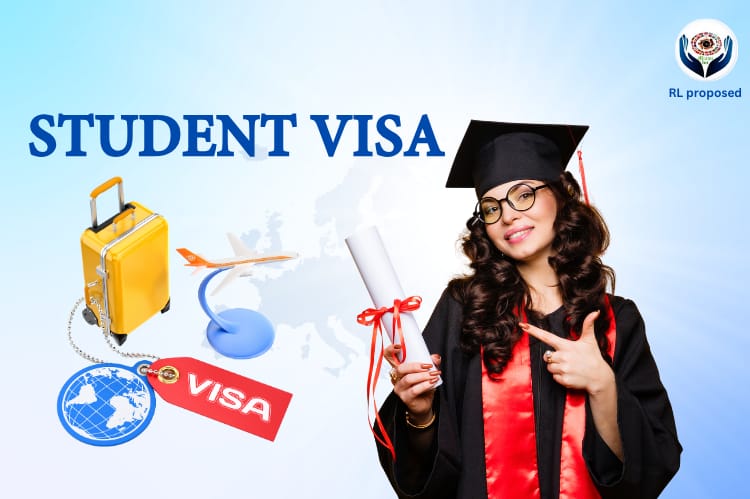A student visa is an official document or stamp in your passport that allows you to study in a foreign country. The requirements and process for obtaining a student visa vary by country, but typically involve proving acceptance to a recognized educational institution, demonstrating financial means to support yourself during your studies, and meeting other eligibility criteria.
Here’s an overview of the typical steps for applying for a student visa:
1. Research Requirements
- Determine the specific student visa requirements for your destination country.
- Ensure you apply for the right type of visa, such as:
- F-1 (for academic studies in the U.S.)
- Tier 4 (Student Visa in the UK)
- Study Permit (Canada)
- Student Schengen Visa (for European countries)
2. Obtain an Acceptance Letter
- Secure admission to an accredited institution in the country you want to study in.
- You usually need to provide the admission/acceptance letter during your visa application.
3. Prepare Required Documents
Commonly required documents include:
- A valid passport (with at least six months' validity beyond your stay).
- Passport-size photographs (as per the visa requirements).
- Completed visa application form.
- Proof of financial support (e.g., bank statements, sponsorship letters, or scholarship details).
- Proof of health insurance (if required).
- Language proficiency test results (TOEFL, IELTS, etc.).
- Visa fee payment receipt.
- Academic records (transcripts, diplomas).
- Statement of Purpose (SOP) or motivation letter.
- Police clearance certificate (if required).
4. Apply Online or at a Visa Center
- Many countries allow online applications, while others may require in-person submission at an embassy or consulate.
5. Attend an Interview (if Required)
- Some countries, such as the United States, require a visa interview.
- Be prepared to answer questions about your choice of study, career plans, and financial support.
6. Wait for Approval
- Processing times vary from a few days to several months, depending on the country and type of visa.
- Once approved, you’ll receive the visa or permit, often as a stamp or sticker in your passport.
7. Travel to Your Destination
- Upon arrival, present your visa and documents to immigration authorities.
- Some countries may issue a residence permit for the duration of your study.
Key Tips:
- Apply Early: Start the process several months before your intended departure.
- Check Specific Rules: Some countries have specific rules about working while studying or bringing dependents.
- Follow Updates: Visa policies can change, so check the latest guidelines from the official immigration website of the destination country.
If you let me know which country you’re targeting, I can provide more specific advice.



 info@miamiintbd.com +8801964365648
info@miamiintbd.com +8801964365648


